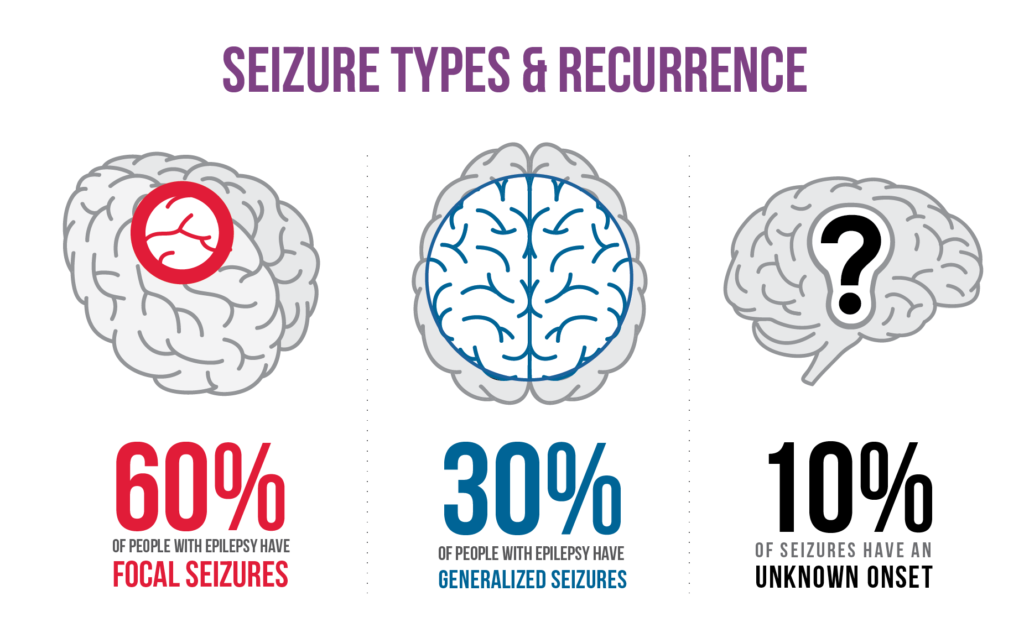Epilepsy is a chronic neurological disorder characterized by recurrent seizures that can significantly impact the quality of life of those affected by it. In Canada, epilepsy affects an estimated 300,000 people, and its economic burden is substantial. This article aims to explore the cost of epilepsy in Canada, including direct and indirect costs, and the impact on the healthcare system, economy, and individuals.
Direct Costs Direct costs are expenses incurred as a result of the treatment of epilepsy. These costs include medical and non-medical expenses such as medication, hospitalization, doctor visits, and rehabilitation. In Canada, the cost of epilepsy treatment varies from province to province. According to a study published in the Canadian Journal of Neurological Sciences, the average direct cost per person with epilepsy per year in Ontario was $5,308 in 2011, while in Quebec, it was $7,112 in 2010.
Medication is the primary treatment for epilepsy, and the cost of medication can be significant. Antiepileptic drugs (AEDs) are the most commonly prescribed medication for epilepsy, and the cost of AEDs in Canada can range from $200 to $800 per month. The cost of AEDs can be a significant financial burden for individuals with epilepsy who do not have insurance coverage.
Hospitalization is another significant direct cost associated with epilepsy. According to the Canadian Epilepsy Alliance, hospitalization accounts for up to 40% of the direct costs of epilepsy. Hospitalization costs include emergency department visits, hospital stays, and surgeries. In Canada, the average cost of hospitalization for epilepsy ranges from $2,700 to $7,700 per person per year.
Indirect Costs Indirect costs are expenses that are not directly related to the treatment of epilepsy but are incurred as a result of the condition. These costs include lost productivity, absenteeism, and reduced work productivity due to seizures. According to the Canadian Epilepsy Alliance, the indirect cost of epilepsy in Canada is estimated to be $3.3 billion per year.
Individuals with epilepsy often face discrimination and stigma, which can result in reduced employment opportunities and lower wages. According to a study published in Epilepsy & Behavior, people with epilepsy have an average annual income that is 38% lower than those without epilepsy. This reduced income can result in financial insecurity and further exacerbate the financial burden of epilepsy.
Impact on Healthcare System and Economy The cost of epilepsy also has a significant impact on the healthcare system and the economy. Epilepsy is one of the leading causes of disability worldwide, and the cost of disability benefits and support services for individuals with epilepsy can be substantial. In Canada, the cost of disability benefits for epilepsy in 2018 was $144.7 million.
The cost of epilepsy also places a significant burden on the healthcare system. According to the Canadian Epilepsy Alliance, epilepsy accounts for approximately 2% of hospital admissions and 4% of emergency department visits in Canada. The cost of these hospital visits and emergency department visits can be substantial and can strain the resources of the healthcare system.
The impact of epilepsy on the economy can also be significant. According to a study published in Epilepsy & Behavior, the annual economic burden of epilepsy in Canada in 2010 was estimated to be $6.3 billion, which represents 0.3% of Canada’s gross domestic product (GDP). The economic burden of epilepsy can result in reduced economic productivity and can limit the potential for economic growth.
Conclusion Epilepsy is a chronic neurological disorder that has a significant economic burden in Canada. The direct costs of epilepsy, such as medication and hospitalization, can be significant, and the indirect costs, such as lost productivity and reduced income, can exacerbate the financial burden of the condition. The impact of epilepsy on the healthcare system and economy is also substantial, with significant costs associated with disability benefits, hospital visits, and emergency department visits. The stigma and discrimination associated with epilepsy can also result in reduced employment opportunities and lower wages for those affected by the condition.
To address the economic burden of epilepsy, it is essential to improve access to affordable treatment and support services for individuals with epilepsy. This can include expanding public drug coverage to include AEDs, providing support for rehabilitation services and mental health services, and implementing workplace accommodations to support individuals with epilepsy in their employment.
In addition, increasing awareness and reducing stigma surrounding epilepsy can help to improve employment opportunities and reduce discrimination in the workplace. This can include public education campaigns, workplace training on epilepsy, and the promotion of inclusive hiring practices.
Overall, addressing the economic burden of epilepsy in Canada requires a multi-faceted approach that includes improving access to treatment and support services, reducing stigma and discrimination, and promoting inclusive employment practices. By addressing these challenges, we can improve the quality of life for individuals with epilepsy and reduce the economic burden on individuals, the healthcare system, and the economy as a whole.
